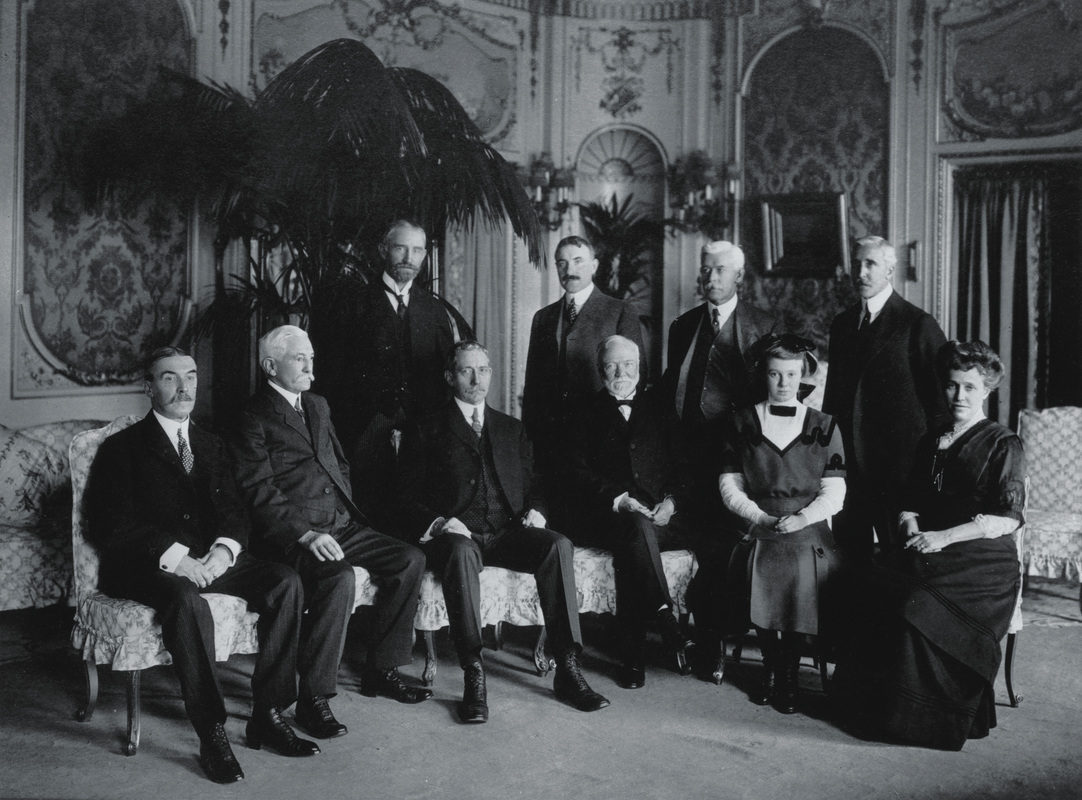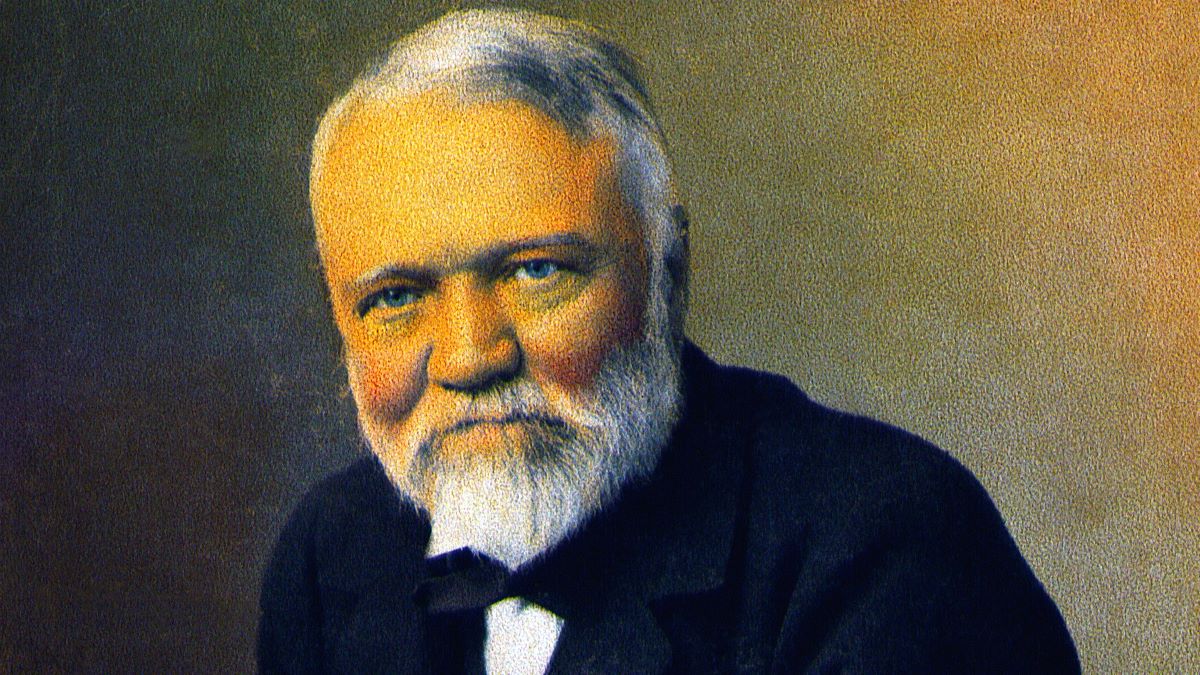Andrew Carnegie was one of the most prominent names in business in the late 19th century. His was a story of rags to riches, and that success was due to his grit and determination.
Carnegie was born in Dunfermline, Scotland, on Nov. 25, 1835. His father was a weaver, but in the 1940s, he lost his source of income due to steam-powered looms that replaced the jobs of many workers.
The family fell on hard times and decided to build a new life in America. They sold all their belongings and had to borrow some money to board a ship headed to their new home. They docked in New York, and the family traveled via steamboat to Allegheny, Pennsylvania.
Andrew Carnegie’s early years
Carnegie was just 13 years old when he arrived in Pennsylvania in 1848, and his determination to succeed was evident from the start. His first job was as a bobbin boy for a cotton mill, for which he was paid $1.20 weekly. He then gained employment in a telegraph office where he worked his way up the ranks, beginning as a messenger and soon being promoted to telegraph operator.
It was via his job at the telegraph office that he met Thomas A. Scott, a superintendent who would eventually become the president of the Pennsylvania Railroad. Carnegie left a good impression on Scott, leading him to get a job as Scott’s secretary when he was 18. By that time, he was earning $35 monthly. Every job was a learning experience for Carnegie, and by working for Scott, he learned the ins and outs of the railroad industry. Several years later, he was promoted to superintendent at the company.
His accomplishments in the steel industry
Carnegie was financially adept and made several investments during his time working at the railroad company. He invested money in coal, iron, oil, and railroad sleeping cars, and his decisions paid off well. Carnegie left the railroad company in 1865 at 30 years old and founded the Keystone Bridge Company, which focused on improving wooden bridges by making them stronger with steel and iron. A few years passed and by 1868, the 33-year-old Carnegie had a net worth of around $400,000.
Over the next couple of decades, Carnegie continued a steady upward trajectory in business that resulted in massive wealth. His focus was mainly on the steel industry and in 1875, he opened his first steel plant in Braddock, Pennsylvania. That was followed by acquisitions of iron and steel mills, and furnaces, including the Frick Coke Company — one of the biggest metallurgical coke producers in the world at the time. He later bought out his biggest rival steel company and in 1892, his businesses were consolidated under the Carnegie Steel Company. Before the turn of the 20th century, Carnegie owned about one-fourth of the world’s steel market share.
Andrew Carnegie’s philanthropic efforts

In 1901, Carnegie was ready to retire from business. Investment banker and financier J.P. Morgan had been keen on acquiring Carnegie’s steel business for a while. He founded the Federal Steel Company in 1898 but was only second to Carnegie in the steel industry. Morgan approached Carnegie and asked him how much it would cost to acquire Carnegie Steel. Carnegie answered with a number – $480 million (about $10.5 billion in today’s money) – and the deal was struck. The sale made Carnegie the richest man in the world.
Carnegie’s philanthropic efforts began decades before his retirement, but it became his sole focus after the sale of his business. He donated the majority of his wealth to various causes including education, scientific research, and world peace.
He built thousands of public libraries, donated organs to churches, and established the Carnegie Corporation in 1911 “to promote the advancement and diffusion of knowledge and understanding.” According to reports, Carnegie donated $350 million of his own money to charities and organizations. He died of pneumonia in 1919 at 83 years old.

